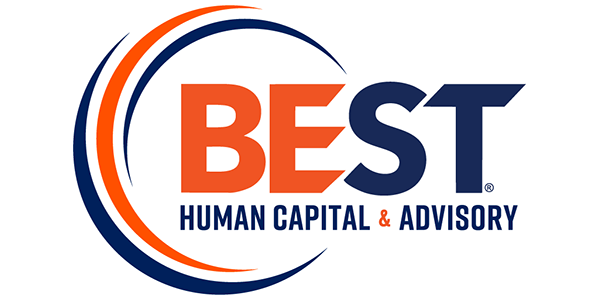
Business Succession Planning When There is No Succession
Insights into Preparing for the Business Transition and Transaction of Your Life The phone call was a jolt and shook us to our core. Tragically, we received news that a grower we had met during our Succession/Exit Planning Seminar at Cultivate ’21 in July was killed in a car accident. He was a good man, […]








